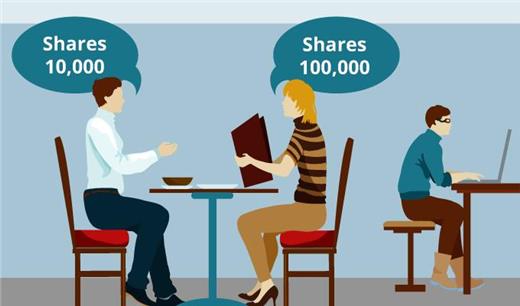Case Studies
Our case studies contain analysis and discussion points for users to better understand the legal provisions. They also provide suggestions on how to prevent corruption, fraud and malpractices.
Peter was a dealing director of a brokerage company. He was offered a country club membership in exchange for referring company’s business to his golf partner, who was an external broker.
Jimmy was a sales manager of a renowned securities firm who was assigned to allocate shares of a to-be-listed company to clients. He received numerous requests for purchase from investors, including his favorite client Amy…
Margaret was an account manager of a brokerage company. Daniel, her client, treated her and her subordinates to a luxurious dinner and offered her an antique watch after earning a good sum of money in his investment.
Alan is a senior portfolio manager of a pension fund in a large asset management corporation. He is also a member of the company’s broker selection committee and has an influence on the proportion of business allocated to external brokers. Agnes is an account manager of a brokerage firm which, to Alan’s knowledge, charges a higher brokerage rate but offers a poor level of service. On one occasion, Agnes invites Alan to join her for a drink and eventually explains to him that she is prepared to rebate him if he can persuade other members in the selection committee to direct business to her. To get things moving, she proposes placing $100,000 into Alan’s bank account. Succumbing to the temptation, Alan gives Agnes his account number. This "under-the-table" arrangement is finally exposed and reported to the ICAC by a colleague of Alan. Both Alan and Agnes are arrested even before they execute the corruption deal.
Ken is working for an international futures trading company as a dealing manager. His company often receives orders from fund managers whose moves can significantly affect the market. Taking this opportunity, Ken makes some secret arrangements with Anna, a dealer of another futures trading company, that whenever Ken receives "purchase" orders from his company, he will call Anna immediately to advise her to buy contracts. After Anna has completed her order, Ken executes his company’s orders. Since his company’s orders are usually in bulk, the price of the futures contract is driven up within a short time interval. Anna then sells the contracts and shares the profit with Ken. Similar arrangements are made when Ken receives "sell" orders from the company.





